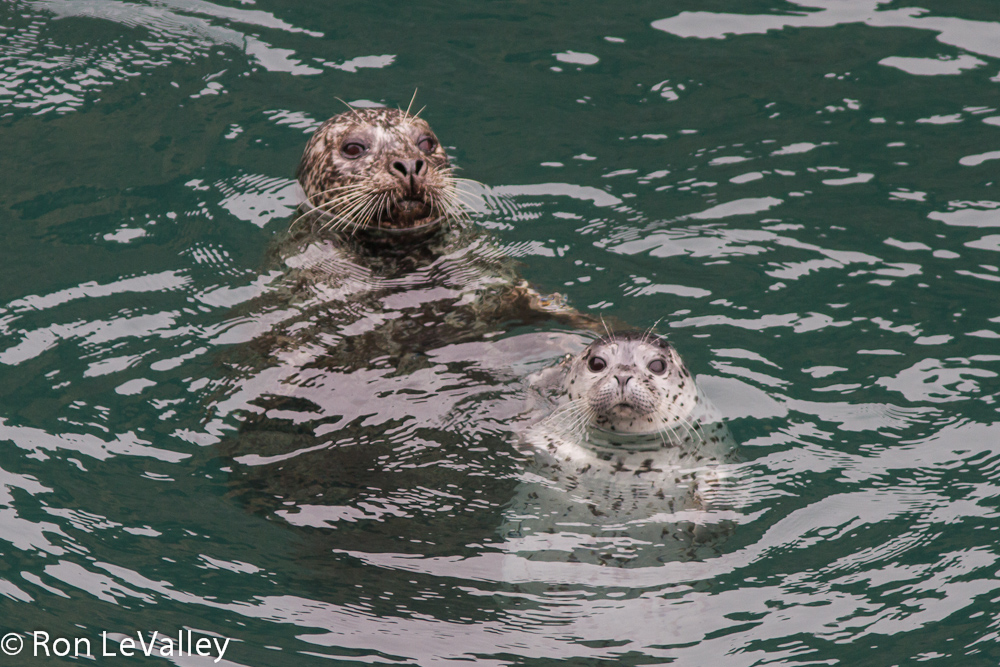Have you – like many of us – found yourself enjoying the playful antics of a seal in the water only to realize it was a sea lion you’ve been watching? Learning to tell the difference will impress your friends and is an important step for marine mammal enthusiasts. But before we look at what sets these animals apart, let’s examine some features all Pinnipeds (fin-footed marine mammals) share. For example, they all have short fur (although in varying amounts), growing in different shades and patterns. Pinnipeds sport fine-tuned whiskers called vibrissae which, like with cats and mice, work as tactile sensors. These mammals also possess four flippers and great hearing. All pinnipeds tend to be social butterflies, although at times individuals may crave some alone time.

On our coast, we see:
- Pacific Harbor Seals
- Elephant Seals
- California Sea Lions
- Steller’s Sea Lions
- Northern Fur Seals (occasionally offshore)
These animals are in two separate groups, the Phocidae, which are true seals that likely evolved from the otters, and the Otariidae, which are the sea lions and fur seals, that likely evolved from bears.
Seals v. Sea Lion
Seals and sea lions share many characteristics but there are a few important features we can use to distinguish them. The most obvious difference is seals are earless, but rather have ear holes. Their hind limbs are shaped and used like a fish’s tail with webbing between the toes oriented vertically and swept from side to side. On land, seals are not able to bring their hind limbs forward so they move by dragging themselves with their short, clawed forelimbs and humping the rest of the body forward.

Sea lions and fur seals are have an external ear flap (longer and more conspicuous in the fur seals). Their forelimbs are shaped like bird wings and they essentially “fly” underwater. Their hind limbs are also flipper-like and can be rotated forward when they are on land so these animals can walk on all fours. That is why sea lions can be found high up on the rocks, while seals are always close to the water.
Seals feed primarily by diving to the bottom and foraging on bottom-dwelling organisms like fish, skates and rays. They are capable of staying underwater a long time. Elephant seals can stay underwater for almost an hour and can dive to 5,692 feet – over a mile!
Sea lions feed in the water column, chasing schools of fish like anchovies, sardines, squid and salmon. They are incredibly maneuverable, and can swim very fast.
